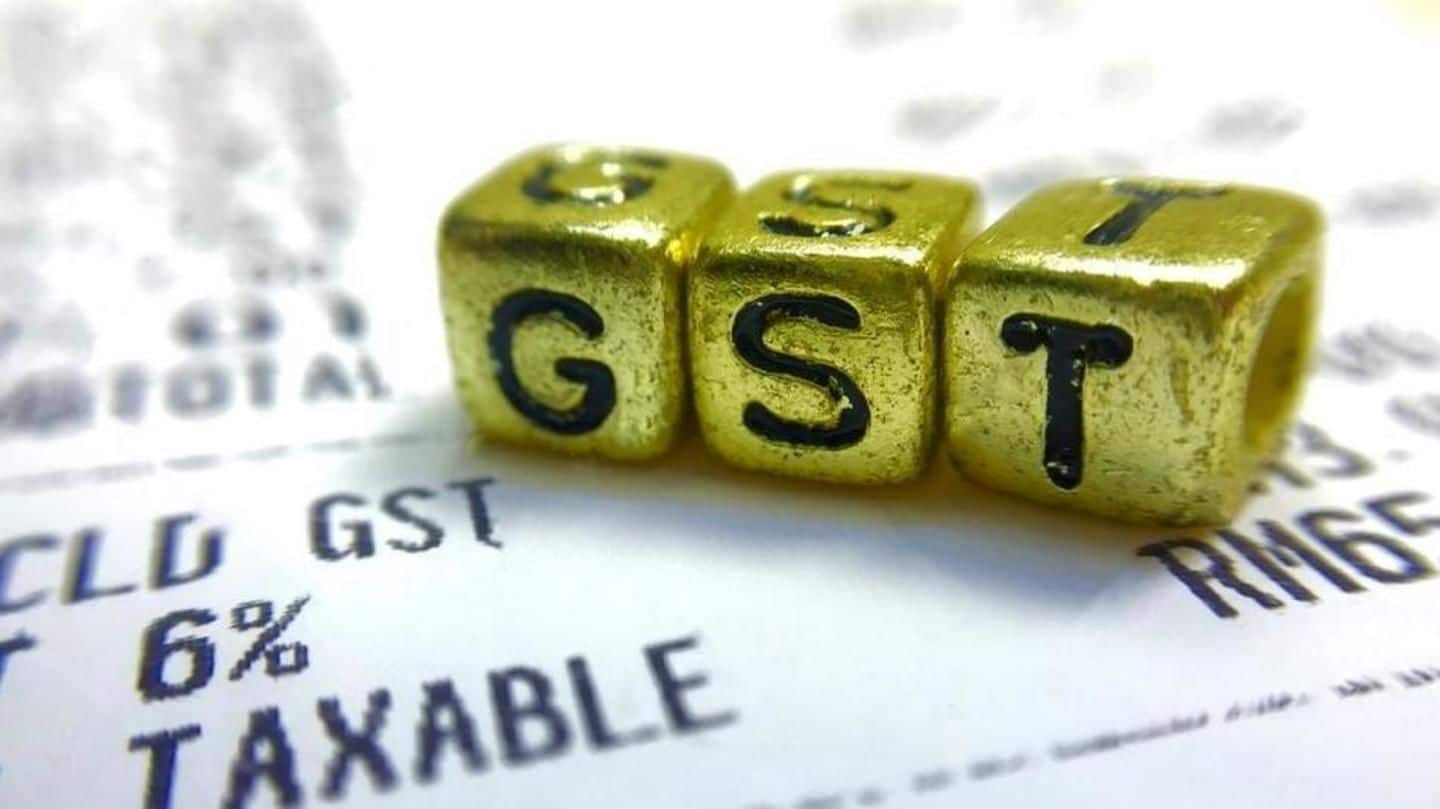
GST among most complicated tax-regimes, but has benefits: World Bank
What's the story
India's new GST regime has the second highest tax rate among 115 countries with similar indirect tax systems, a World Bank report noted. It is also one of the most complex. In fact, only four countries apart from India have a four-slab tax structure, apart from the zero rate. However, GST's benefits are likely to outweigh its costs eventually, the Bank said.
About
About India's newest unified tax regime
The Goods and Services Tax was introduced on July 1, 2017; it unified the 16 different existing taxes. Under GST, almost all goods and services were brought under a fixed four-rate tax structure at 5%, 12%, 18% and 28%. However, some sales are exempted. Exports are taxed at 0%, gold at 3%, and alcohol and petroleum products continue to be taxed under state laws.
Data
Only four countries other than India use four non-zero slabs
In its report, the World Bank said 49 countries have a single-slab GST while 28 others use two slabs. Apart from India, only Pakistan, Ghana, Italy and Luxembourg use four non-zero slabs. India's rates here are also among the highest, the report noted.
Impact
Despite a few challenges, there have been some benefits too
In the India Development Update, the Bank noted there had been difficulties in the initial days, mostly due to lack of clarity. "High compliance costs are also arising because the prevalence of multiple tax rates implies a need to classify inputs and outputs based on applicable rates." But tax compliance burden has increased, and slow refund processing meant working capital has been in lock-up.
Scope
GST Council plans to prune the lists of items further
Last November, the 28% tax list was drastically cut from 228 to about 50. Plans are to prune the lists further by merging the 12% and 18% slabs, but this will be done after compliance improves and revenue buoyancy increases, Finance minister Arun Jaitley said. The Bank has batted for a nuanced communications strategy to convey various aspects of the new system to stakeholders.